Dental implants are now the standard of care to replace a missing tooth.
But be cautious: Just as any physician can legally perform surgery, any dentist can legally place implants. In fact, many general dentists do place implants. However, taking a “weekend course” (a common scenario) is rarely an adequate level of training.
In Dr. Zidile’s opinion (and recent scientific studies support this), dental implants placed by a trained specialist have higher overall success rates and less post-treatment problems.
There are risks involved in placing implants, including damage to a nerve or sinus cavity, which are magnified when the practitioner lacks adequate training. For these reasons, Dr. Zidile utilizes Computer Guided Dental Implant techniques to maximize precision. This method also reduces the length of the procedure. To the right are sample images of 3D printed dental implant guides that Dr. Zidile has used to improve accuracy of treatment.
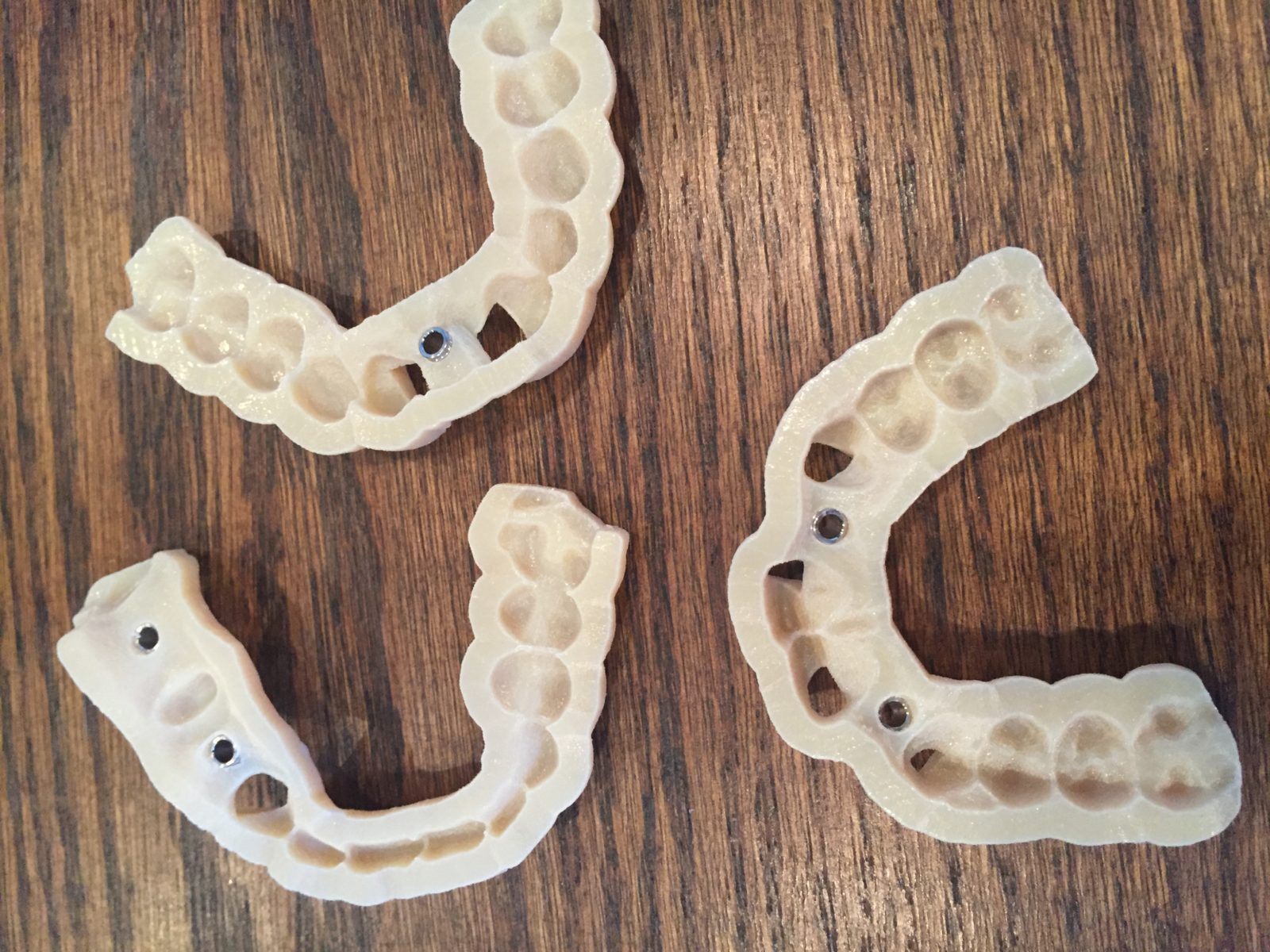
Case #1
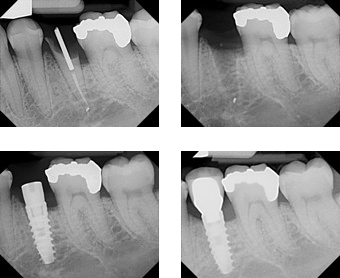
A patient presented with a large cavity in a lower premolar. The tooth was not a good candidate for “crown lengthening/extension”. The treatment plan was to extract the tooth and place a dental implant immediately. This minimally invasive dental implant technique helps reduce treatment time and reduces the need for additional dental implant surgery.
Case #2
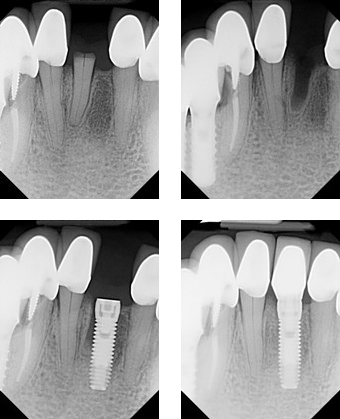
A lower tooth crown fractured and was not treatable. The tooth is removed with a minimally invasive technique and a dental implant is placed immediately, during the same appointment. In 10 weeks, a porcelain crown is fitted by the General Dentist.
Case #3
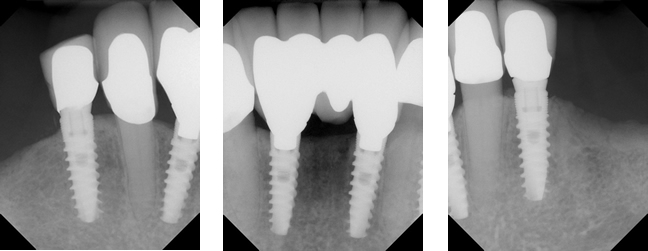
Radiographs of dental implants that are 2 years in function, showing excellent stability. The patient can now function without a removable denture. The implant posts and crowns were fabricated by the patients general dentist.
Case #4
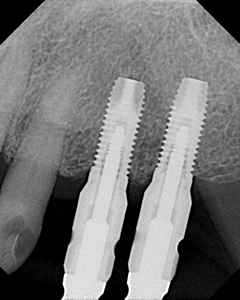
Radiograph of two implants 12 weeks post-placement. Implant level impression copings were placed by the restorative dentist, and an updated radiograph showing good parallelism.
Case #5
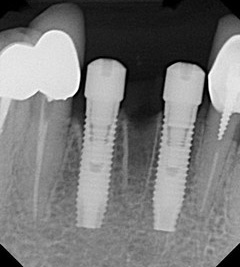
Immediate placement of two implants following extraction of non-restorable incisors.
Case #6
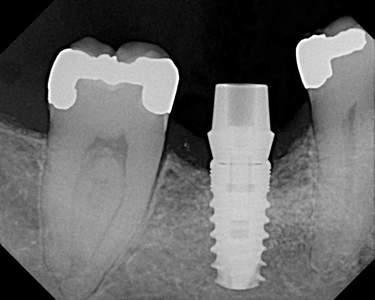
Placement of a single molar implant. Following 8 weeks of healing, a prosthetic abutment is placed in preparation for placement of crown.
